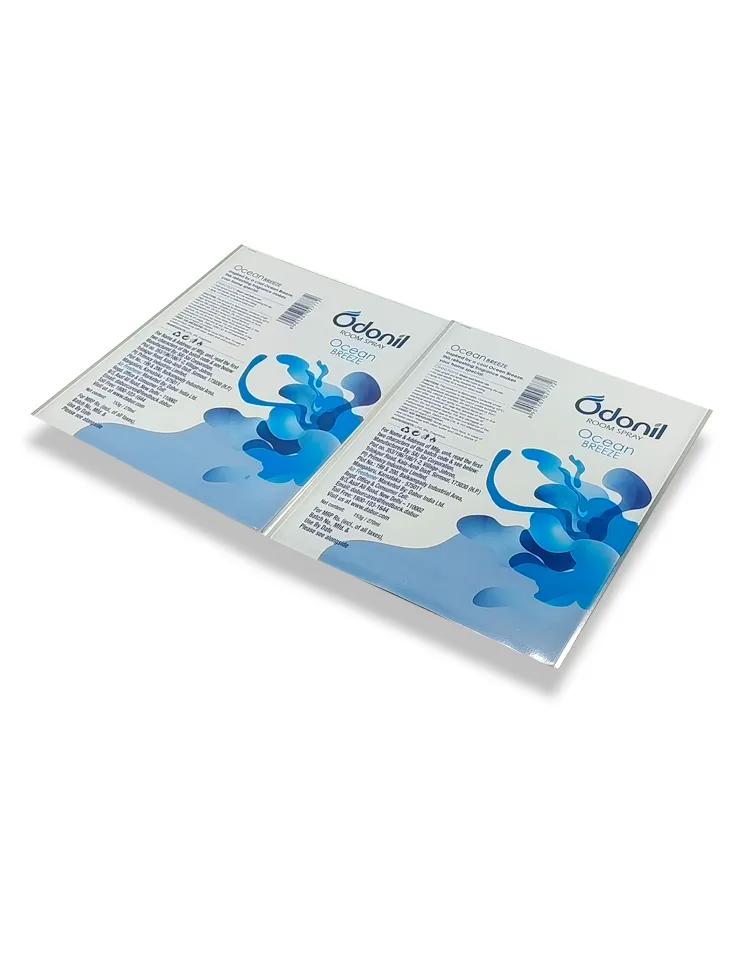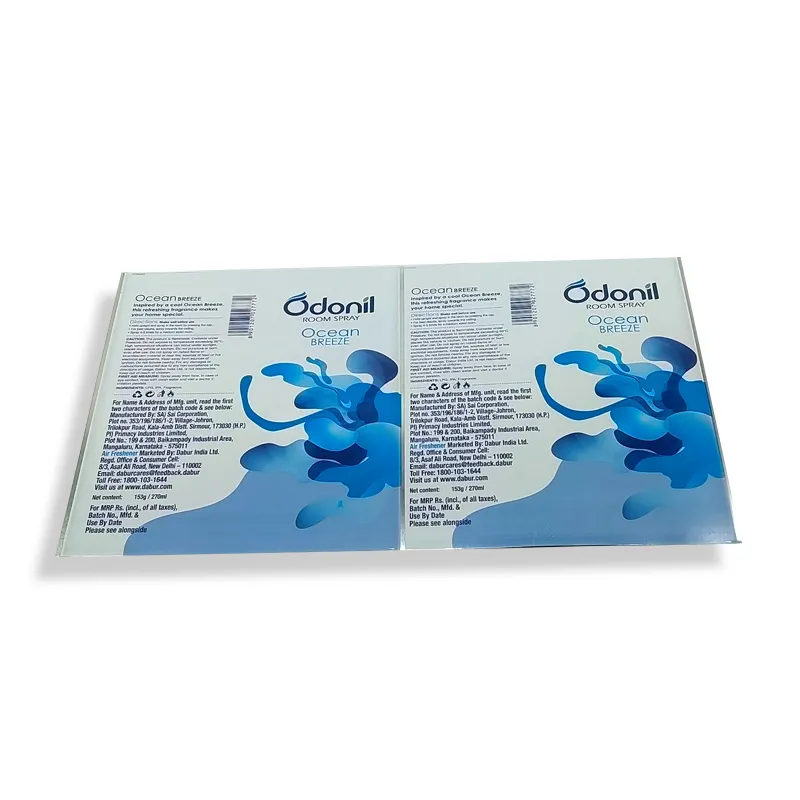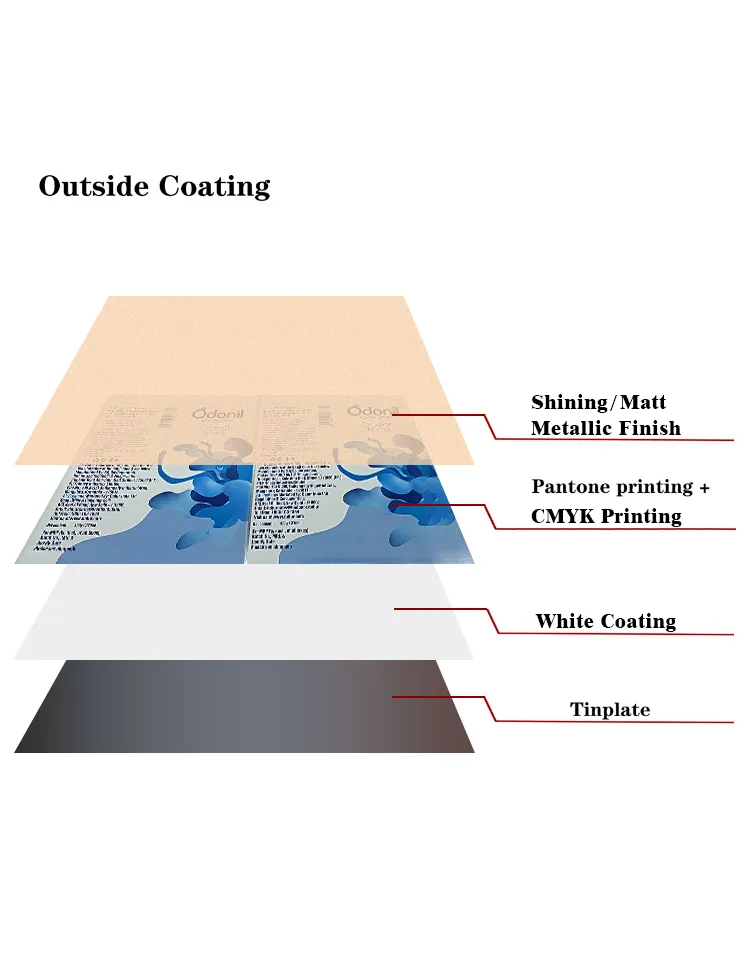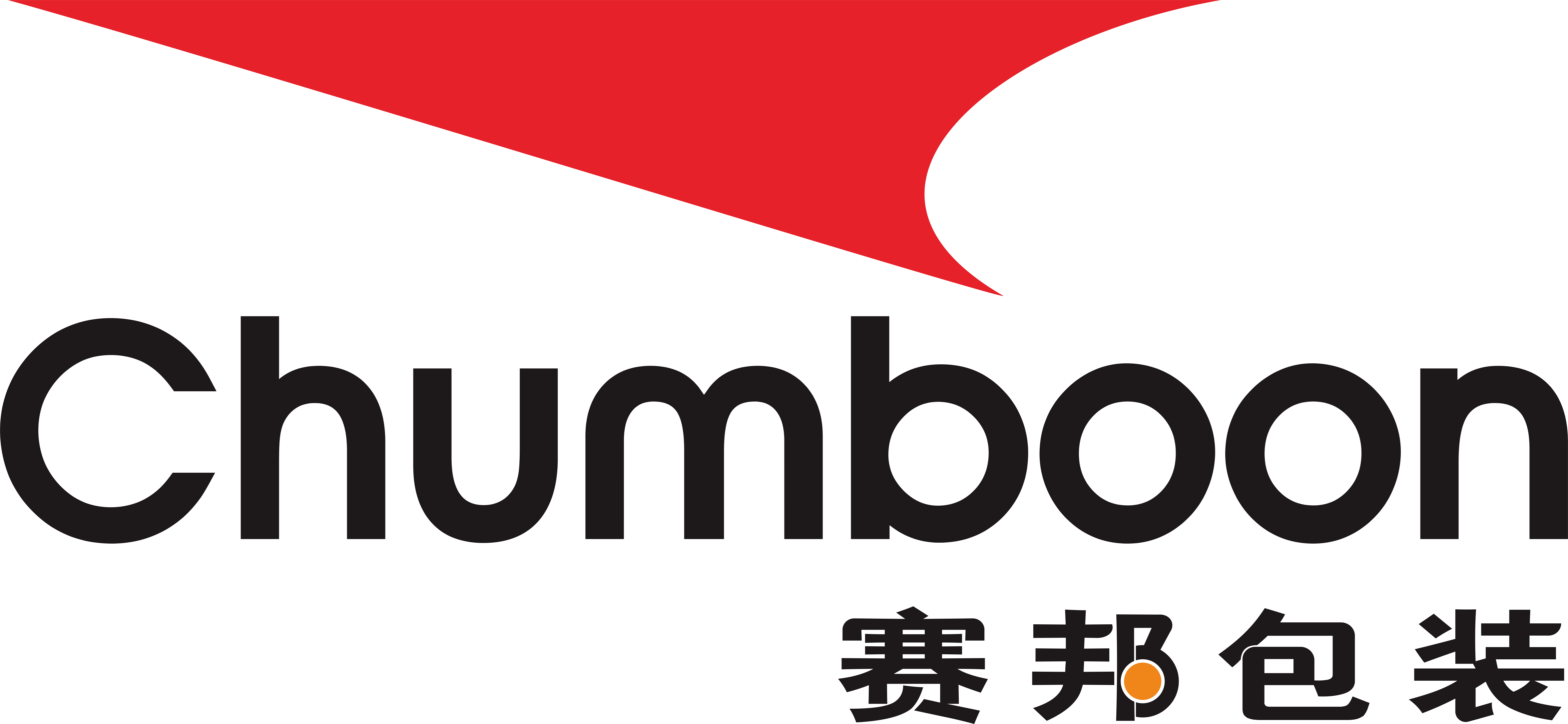In industrial production and daily life, tinplate sheet is favored for its anti-rust properties and wide application. Tinplate sheet is usually plated with a layer of tin on the surface of steel to enhance its anti-corrosion ability. However, due to environmental factors such as moisture and oxidation, the protective layer of tinplate sheet may be damaged, causing the iron plate to be exposed to the air and then rust.
So, how to effectively remove the rust on tin plate sheet and restore its original protective properties is a technical problem that needs to be solved urgently.

Basic composition and corrosion mechanism of tinplate sheet
To effectively remove rust, we must first understand the basic composition of tin plate sheet and its corrosion mechanism. Tinplate sheet consists of a steel substrate and a tin layer covering it. As a protective film, the tin layer can isolate the direct effect of air and moisture on iron to a certain extent. However, the tin layer of tin plate sheet is usually thin and is easily mechanically damaged during use. Once the tin layer is damaged or pinholes appear, the steel substrate will be exposed to air and moisture and oxidation reaction will occur to generate rust.
Rust (mainly composed of iron oxide Fe₂O₃·nH₂O) is generated by electrochemical reaction when steel materials are exposed to air and water. When the iron-based part of the tinplate sheet is corroded, it not only affects the appearance, but also accelerates the further corrosion of the material. Therefore, rust removal is particularly important.
How to remove rust from tinplate sheet?
There are many ways to remove rust, which can usually be divided into three categories: physical rust removal, chemical rust removal and electrochemical rust removal. Different methods are suitable for different degrees of rust and working conditions, and these technical means are often used in combination in actual operation.
Physical rust removal
Physical rust removal mainly removes rust mechanically, including manual grinding, sandblasting and high-pressure water jetting.
● Manual grinding: Use sandpaper, wire brush or grinder to rub the surface of tin plate sheet to remove rust attached to the surface. This method is suitable for small areas and shallow rust, but for large areas or severely corroded iron plates, the efficiency is low and it is easy to damage the tin layer on the surface of the iron plate.
● Sandblasting: By spraying high-speed sand or metal particles, the rusted tin plate sheet surface is impacted to achieve the effect of rust removal. Sandblasting is highly efficient and suitable for large-area rust removal, but sandblasting has high requirements for equipment, and the dust and debris generated during the spraying process may affect the environment and the health of operators.
● High-pressure water jetting: Use high-pressure water flow to flush the tin plate sheet to achieve the purpose of removing rust. The advantages of high-pressure water jet rust removal are less pollution to the environment, no dust and chemical pollutants, and relatively simple operation. However, high-pressure water flow may not effectively remove deep rust, and the iron plate needs to be dried in time after treatment to prevent rusting again.
Chemical rust removal
Chemical rust removal uses chemical substances such as acids and alkalis to react with rust to dissolve or fall off. Common chemical rust removal methods include pickling and alkaline electrolysis.
● Pickling: Use acidic solutions such as hydrochloric acid and sulfuric acid to treat tinplate sheets. The acidic solution reacts chemically with the rust to convert the iron oxide into soluble compounds, which then fall off. The pickling method has high rust removal efficiency and is suitable for the treatment of large-scale severe rust. However, the acidic solution also has a certain corrosive effect on the base steel, and passivation treatment is required after pickling to prevent the base from continuing to rust. Therefore, the process of pickling rust removal is complicated and has high requirements for environmental protection. The waste liquid after treatment needs to be strictly treated to avoid environmental pollution.
● Alkaline electrolysis method: By immersing the rusted tinplate sheet in an alkaline solution and applying an electric current, the rust is peeled off from the surface through an electrochemical reaction. This method has less corrosion to the base of the iron plate, and the operating environment is relatively mild, which is suitable for treating iron plates with irregular or complex shapes. However, the equipment investment for rust removal by alkaline electrolysis is large, and the operation process is relatively complicated.
Electrochemical rust removal
Electrochemical rust removal uses the principle of electrolysis to convert rust into other substances or cause it to fall off the surface through electrochemical reactions. Common electrochemical rust removal methods include electrolytic rust removal and cathodic protection.
● Electrolytic rust removal: By immersing the tinplate sheet in the electrolyte, a reduction reaction occurs after power is applied, converting the rust into metal iron or other compounds that are insoluble in water, thereby removing the rust. Electrolytic rust removal is suitable for removing thicker rust and causes less damage to the substrate. However, this method also requires more complex equipment and has high requirements for the operating environment.
● Cathodic protection: The cathodic protection method does not directly remove the existing rust, but prevents further rust by using the tinplate sheet as the cathode in the electrochemical reaction. This method is often used to prevent the spread of rust and extend the service life of the tin plate sheet, but it is not suitable for removing the rust that has already been generated.

Comparison of the advantages and disadvantages of different rust removal methods
When choosing a rust removal method, it must be considered comprehensively in combination with the specific situation. Each rust removal method has its advantages and disadvantages. Different rust conditions and actual needs determine the specific process to be adopted.
● Physical rust removal is suitable for cleaning small areas or mild rust, and is simple to operate, but it causes greater damage to the surface of the tin plate sheet and is not suitable for the treatment of large areas or deep rust.
● Chemical rust removal is highly efficient and has a wide range of applications, but since it requires the use of acidic and alkaline chemicals, there are environmental and safety risks, and the requirements for subsequent anti-corrosion measures are high.
● Electrochemical rust removal has high technical content and is suitable for treating complex shapes and large areas of rust, but the equipment cost and process complexity are high, and the operation process needs to be strictly controlled.

Post-rust removal treatment and preventive measures
After the rust is removed, the surface of the tin plate sheet is usually rough, and the substrate has been exposed to the air, so subsequent protective measures must be taken to prevent the recurrence of rust.
1. Surface passivation treatment: The surface of the tinplate sheet that has been chemically or electrochemically rusted is often passivated to form a protective film. This protective film can inhibit further oxidation of iron to a certain extent and extend the service life of the material.
2. Re-coating the protective layer: After the tin plate sheet has been rusted, the tin layer may have been damaged, so the coating process needs to be re-performed to restore its original anti-rust performance. Common protective coatings include paint, zinc coating or new tin layer, which can effectively block the intrusion of oxygen and moisture to prevent rust again.
3. Environmental control: During the storage and use of tin plate sheet, it should be avoided as much as possible from being exposed to humid, acidic or salty environments, as these environmental conditions will accelerate the occurrence of rust. Therefore, appropriate environmental control measures, such as storing in a dry and ventilated warehouse, are effective means to prevent rust.

